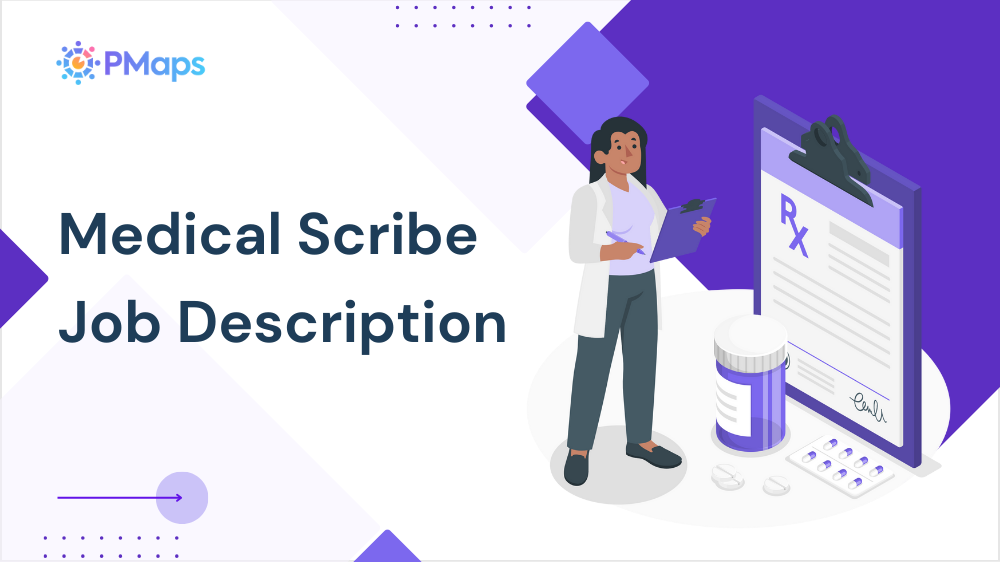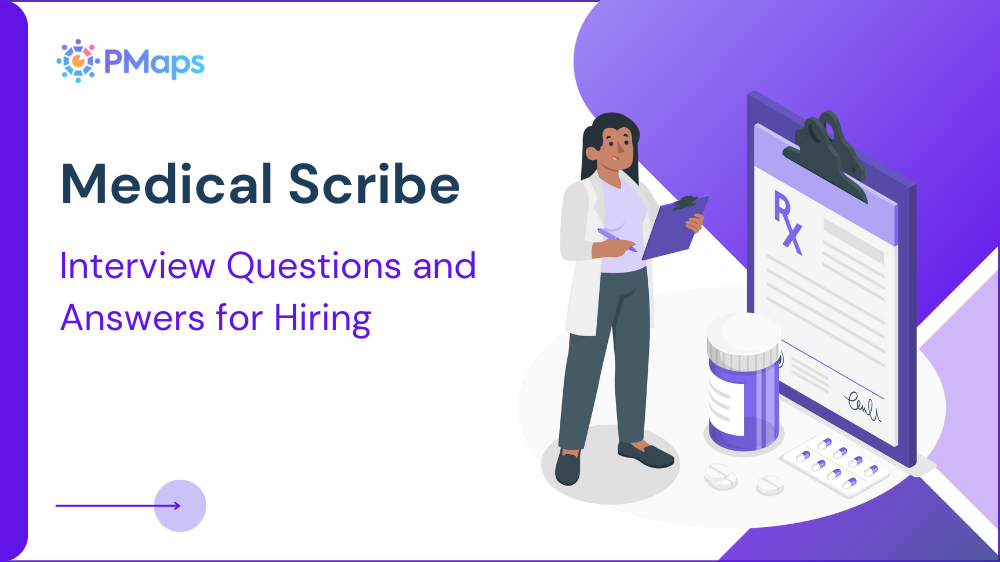
Pharma interview questions help you evaluate GMP discipline, documentation rigor, and ethical judgment. Strong hires follow SOPs, respect data integrity, and act safely under pressure. This guide gives structured prompts, hiring signals, and model answers across HR screening and function rounds. Use it to separate industry-ready professionals from hopeful applicants.
Shortlist talents with evidence—try our range of Pharma Assessment Tests and compare candidates fairly.
General Interview Questions for Pharma Roles
Before role-specific checks, confirm ethics, documentation habits, and comfort with audits. These questions surface whether candidates respect SOPs, escalate issues early, and think in risks, not guesses. Look for grounded examples, measured language, and familiarity with cross-functional work involving QA, production, engineering, and regulatory affairs.
1) Why do you want to work in pharmaceuticals?
What it assesses
Motivation and awareness of regulated work.
What to look for
Patient safety focus, respect for compliance, and realistic view of shift work.
Sample answer
“I’m drawn to work where quality affects patient outcomes. I value clear procedures, careful documentation, and teamwork with QA. Regulated environments suit my detail-oriented style and patience.”
2) How do you balance speed with GMP compliance on busy shifts?
What it assesses
Risk judgment under time pressure.
What to look for
Adherence to SOPs, clean handoffs, and zero tolerance for shortcuts.
Sample answer
“I never bypass SOPs. I stage materials early, use checklists, and escalate clashes between schedule and safety. Document first, then move.”
3) Describe your approach to documentation and data integrity (ALCOA+).
What it assesses
Record accuracy and traceability.
What to look for
Attributable, legible, contemporaneous, original, accurate; plus complete and consistent.
Sample answer
“I record entries contemporaneously with unique IDs, corrections with reason, and no overwrites. Reviews check completeness and consistency before release.”
4) How do you handle ambiguous instructions in a batch record?
What it assesses
Escalation and clarification discipline.
What to look for
No guessing, timely deviation/clarification, and documented resolution.
Sample answer
“I stop the step, raise a clarification to QA/production, document the query, and resume only after written approval.”
5) Which audits have you supported, and what was your role?
What it assesses
Audit readiness and composure.
What to look for
Specific responsibilities, document retrieval, and honest responses.
Sample answer
“I prepared logbooks, verified training matrices, and answered procedure questions factually. I retrieved records quickly and avoided speculation.”
Behavioral Interview Questions
Behavior evidence shows whether candidates stay calm, transparent, and coachable. Good answers reveal a pattern: detect a risk, contain it, document factually, fix the root cause, and share the learning. Probe for numbers, timelines, and named tools or SOPs, not vague promises.
6) Tell me about a time you caught a deviation early.
What it assesses
Vigilance and containment.
What to look for
Immediate hold, notification, and documented impact assessment.
Sample answer
“I noticed a label mismatch at staging, quarantined the lot, informed QA, and logged the deviation. Investigation prevented rework downstream.”
7) Describe the difficult feedback you received and how you applied it.
What it assesses
Coachability and habit change.
What to look for
Specific feedback, new habit, and measurable result.
Sample answer
“QA flagged incomplete log entries. I adopted a two-check routine and peer spot checks. Audit comments turned positive the next quarter.”
8) Share the moment you chose compliance over output pressure.
What it assesses
Ethics under stress.
What to look for
Calm refusal, escalation path, and documented decision.
Sample answer
“A supervisor pushed to skip a line clearance. I refused, cited SOP, involved QA, and documented the decision. We avoided a mix-up.”
9) Tell me about improving a process without hurting quality.
What it assesses
Continuous improvement within SOP boundaries.
What to look for
Small change, approved update, and data showing benefit.
Sample answer
“I proposed a pre-weigh checklist. After approval, setup errors dropped by half and changeover time improved.”
10) Describe owning a mistake and preventing repeat issues.
What it assesses
Integrity and CAPA thinking.
What to look for
Disclosure, correction, root cause, and follow-up effectiveness.
Sample answer
“I misfiled a logbook. I reported it, corrected the index, and added a color-coded filing SOP. No repeats since.”
Situational Interview Questions
Scenarios test judgment when SOPs, timelines, and safety collide. Seek structured steps: stop risk, secure evidence, notify QA, document facts, evaluate impact, and resume with written approval. Strong candidates avoid speculation and keep communications crisp and respectful.
11) A critical instrument fails mid-run. What do you do first?
What it assesses
Safety and containment.
What to look for
Hold, tag-out, secure product, and notify.
Sample answer
“I stop the run, place the lot on hold, tag the instrument out, inform QA/engineering, and document conditions for investigation.”
12) You found an incomplete entry made yesterday. Next steps?
What it assesses
Data integrity correction.
What to look for
Late entry rules, reason, date/time, and reviewer sign-off.
Sample answer
“I add a dated, signed late entry with reason, notify QA, and request a targeted review of adjacent records.”
13) A supplier changes a material specification. How do you respond?
What it assesses
Change control.
What to look for
Qualification, impact assessment, and approval before use.
Sample answer
“I raise change control, assess impact on process and quality, and proceed only after qualification and QA approval.”
14) Environmental monitoring shows a trend, not yet excursion. Action?
What it assesses
Trend recognition and prevention.
What to look for
Documented trend review and proactive measures.
Sample answer
“I open a trend evaluation, increase sampling, check cleaning and gowning, and prepare preventive actions before limits are breached.”
15) You’re asked to backdate an entry to save time. Response?
What it assesses
Ethics and courage to refuse.
What to look for
Firm refusal, policy citation, and escalation.
Sample answer
“I refuse, cite data integrity policy, and inform QA. All entries must be contemporaneous and traceable.”
Technical or Role-Specific Questions
Depth varies by function—production, QA/QC, R&D, or warehouse. Look for practical familiarity with GMP, GDP, cleaning validation basics, line clearance, sampling plans, and qualification stages (IQ/OQ/PQ). Candidates should explain why controls exist, not just how.
16) Explain line clearance and why it matters.
What it assesses
Mix-up prevention.
What to look for
Scope, double-checks, and documentation.
Sample answer
“Line clearance removes previous materials, labels, and documents. Two-person verification prevents mix-ups. Records prove it happened before the next batch.”
17) What are IQ, OQ, and PQ in equipment qualification?
What it assesses
Validation literacy.
What to look for
Installation, operational, and performance qualification examples.
Sample answer
“IQ verifies installation, OQ challenges functions against specs, and PQ proves performance under routine conditions using approved procedures.”
18) How do you decide sample size for QC testing?
What it assesses
Sampling rationale.
What to look for
Standards reference and risk basis.
Sample answer
“I follow approved sampling plans aligned to pharmacopeial standards and risk assessments defined in our SOP.”
19) Describe proper cleaning validation basics.
What it assesses
Carryover control.
What to look for
Worst-case selection, limits, and verification methods.
Sample answer
“We pick the worst-case product, set acceptable residue limits, validate methods, and verify with swab/rinse tests after clean-in-place.”
20) What does a good deviation report include?
What it assesses
Investigation quality.
What to look for
Factual timeline, root cause, impact, and CAPA.
Sample answer
“A clear problem statement, evidence, root cause analysis, product impact, and specific CAPA with owners and due dates.”
21) How do you manage controlled documents on the floor?
What it assesses
GDP and revision control.
What to look for
Latest versions, issuance, and reconciliation.
Sample answer
“I verify current versions, issue per log, reconcile after use, and remove obsolete copies immediately.”
22) Explain a basic change control flow.
What it assesses
Governance discipline.
What to look for
Initiation, impact, approval, and effectiveness check.
Sample answer
“Raise the change, assess cross-functional impact, get QA approval, implement, then verify effectiveness before closure.”
23) How do you ensure training compliance?
What it assesses
Readiness and traceability.
What to look for
Matrices, due-date tracking, and effectiveness checks.
Sample answer
“I track curricula by role, monitor due dates, and run brief effectiveness checks—quiz or supervised task—before sign-off.”
24) What is your approach to batch record review?
What it assesses
Release readiness.
What to look for
Completeness, legibility, and discrepancy handling.
Sample answer
“I verify completeness line-by-line, check critical fields, ensure corrections are compliant, and log any discrepancies for investigation.”
25) How do you control temperature-sensitive materials in the warehouse?
What it assesses
Cold-chain discipline.
What to look for
Qualified storage, mapping, alarms, and excursion handling.
Sample answer
“Use qualified units, mapped zones, calibrated probes, and alarms. Excursions trigger quarantine and QA evaluation.”
26) What makes a robust CAPA?
What it assesses
Effective mindset.
What to look for
Root cause link, measurable actions, and verification.
Sample answer
“Actions tie to the root cause, have owners and dates, and include an effectiveness check after implementation.”
27) How do you prepare for an external regulatory inspection?
What it assesses
Inspection readiness.
What to look for
War room, document control, and honest communication.
Sample answer
“We run mock audits, stage documents, brief SMEs, and answer only what’s asked, factually and politely.”
Pro Tips for Interviewing Pharma Candidates
Short tasks beats long talk. Simulate a deviation note, a line-clearance checklist, or a small batch-record correction. Score on accuracy, compliance, and clarity. Calibrate interviewers on one rubric so decisions stay consistent across shifts and sites.
- Review a mock deviation and ask for a concise investigation outline.
- Run a timed batch-record check for three common errors.
- Ask candidates to explain ALCOA+ using a real example from their work.
- Verify comfort with audits: quick document retrieval and factual answers.
Conclusion
Hiring in pharma demands unwavering GMP discipline, clear documentation, and calm decisions under pressure. Use these questions, signals, and tasks to verify safety-first habits before day one on the floor. When you’re ready to standardize screening or design role scope, we can help. Call 8591320212 or email assessment@pmaps.in to set up a precise, role-specific evaluation.








